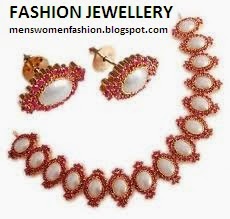By Aamir Mannan.
.jpg)
Cultured pearls share the same properties as natural pearls. Oysters form cultured pearls in an almost identical fashion. The only difference is a person carefully implants the irritant in the oyster, rather than leaving it to chance. We then step aside and let nature create its miracle. How pearls are cultivated and harvested Early on, pearl cultivation depended entirely on wild oysters. Later you'll learn that, in some cases, the same applies today. But modern pearl cultivation has become more selective.
.jpg)
In Japanese pearl cultivation, scientists have isolated strains of oysters that possess superior pearl-producing qualities. These selectively-bred oysters produce pearls of exceptional lustre and color clarity. In a process referred to as "nucleation," also called "grafting" or "seeding," highly skilled technicians carefully open live pearl oysters, and with surgical precision make an incision in the oyster's body. Then, they place a tiny piece of "mantle tissue" from another oyster into a relatively safe location. Then, they place a small round piece of shell, or "nucleus," beside the inserted mantle tissue. The nucleus is a mother-of-pearl bead made from an American freshwater mussel. The cells from the mantle tissue develop around the nucleus forming a sac, which closes and starts to secrete nacre, the crystalline substance that forms the pearl. The nucleated oysters are then returned to the sea where, in sheltered bays rich in nutrients, they feed and grow, depositing layer after layer of lustrous nacre around the nuclei implanted within them. The oysters are given the utmost care during this time, while suspended in the water, from the rafts above
.JPG)
.jpg)
.jpg)
.jpg)
.jpg)
.jpg)
.jpg)
No comments:
Post a Comment